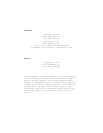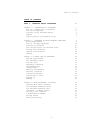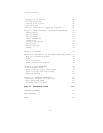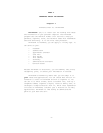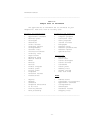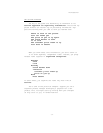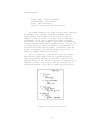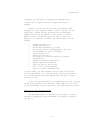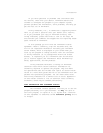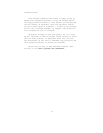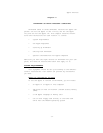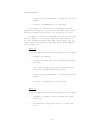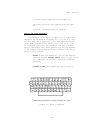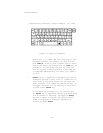
Introduction
colleague, you may have to decipher your handwriting or
(worse) have it typed. Outlines on paper can be major
hassles.
Figure 1—2 shows the same outline as ThinkTank might
display it on your computer screen. (This is actually an ex-
cerpt from a larger outline included with the ThinkTank
program and used as an example in this manual.) Unlike a
paper outline, a ThinkTank outline is easy to work with
because it is freeform, flexible, and controllable. You can
readily:
* examine any part of it
* change any part of it
* add as many headings as you wish
* add as many levels of subheadings as you wish
* add paragraphs as well as headings
* copy any part of it
* delete any part of it
* move part of it from one section to another
* reorganize it
* search for specific information
* replace specific information
* print any part of the outline
* edit it with a word processor
* send it to other ThinkTank users
In other words, you have complete control over your outline.
You can personalize it to your own needs. And you can perform
all of these.operations with commands that are easy to learn
and easy to use.
As you can see, ThinkTank is an organizing tool that can help
you be more productive and efficient. There seems to be no limit
to its usefulness; the more you use it, the more uses you’ll find.
OVERVIEW OF THE TRINKTANK MANUAL
The ThinkTank manual is divided into two parts, the first
devoted to helping you learn ThinkTank, the second to helping
you use it.
—5—



